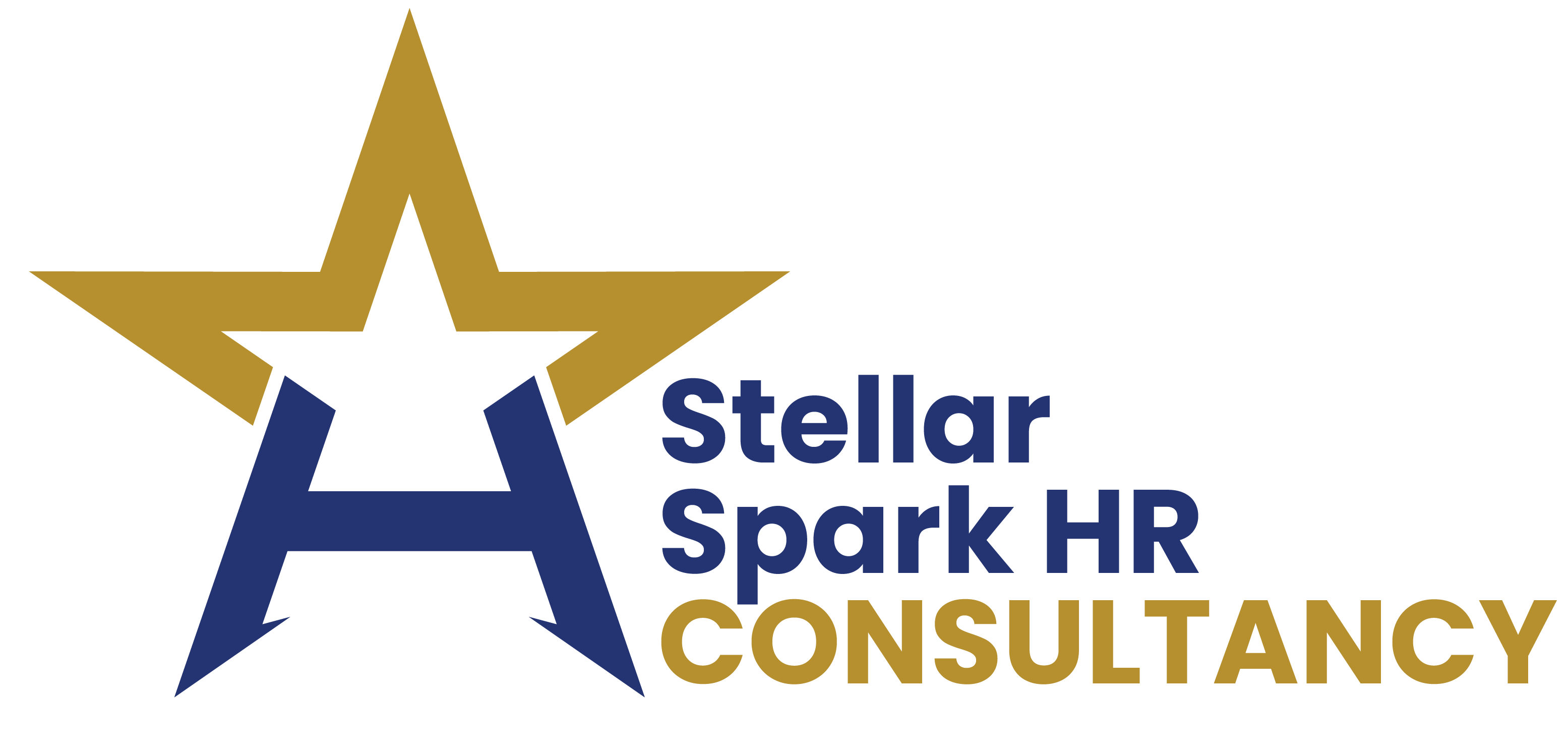The difference between the recruitment strategies in Europe and Middle East.
Recruitment is more than filling a vacancy it is the art of matching the right people with the right roles, at the right time. Across the globe, recruitment strategies are shaped by local culture, laws, business needs, and market dynamics. Among the most fascinating comparisons is between Europe and the Middle East, two regions with vibrant economies and diverse workforces, yet fundamentally different approaches to hiring.
For multinational organizations, HR professionals, and job seekers, understanding these contrasts is critical. It ensures smoother hiring processes, better candidate experiences, and successful long-term placements.
In this blog, we dive deep into how recruitment strategies differ between Europe and the Middle East, examining everything from compliance and sourcing channels to cultural expectations and employer branding.
- The Regulatory Landscape
Recruitment practices often begin with the framework of labor laws and government regulations.
- Europe:
Europe’s recruitment environment is shaped by stringent employment laws, equality directives, and data protection policies like GDPR. Every stage of recruitment from advertising a vacancy to retaining candidate information must adhere to compliance standards. Job postings must be transparent and non-discriminatory, while selection processes are expected to follow merit-based evaluation. This structured framework ensures fairness but also lengthens hiring timelines. - Middle East:
In the Middle East, recruitment is guided by labor laws but often carried out in a more flexible manner. Visa and sponsorship systems play a central role in hiring foreign talent, particularly in Gulf Cooperation Council (GCC) countries where a large share of the workforce comes from abroad. Unlike Europe’s highly regulated systems, recruitment here places a stronger emphasis on trust, relationships, and referrals. Employers may prioritize cultural compatibility alongside skills, streamlining decision-making to meet urgent workforce needs.
- Talent Sourcing Channels
Where do employers find their candidates? The answer varies significantly.
- Europe:
Digital recruitment platforms dominate, with LinkedIn, indeed, Glassdoor, and specialized job boards leading the way. Structured graduate recruitment programs are also common, as universities partner with employers to pipeline fresh talent. Recruitment agencies in Europe often specialize by sector IT, finance, healthcare ensuring candidates are sourced through highly targeted channels. - Middle East:
While online job portals and LinkedIn are important, personal referrals and agency networkscarry much more influence. Recruitment agencies in the Middle East often operate internationally, sourcing talent from countries such as India, the Philippines, and increasingly Europe. Regional job fairs, word-of-mouth recommendations, and internal referrals are highly trusted channels.
- Speed and Flexibility of Hiring
Hiring timelines reveal another key difference.
- Europe:
Employers in Europe typically take their time. Multi-stage interviews, psychometric testing, and structured assessments are the norm. For mid- to senior-level positions, recruitment can span several weeks or even months. The objective is to minimize risk by ensuring the perfect cultural and professional fit before extending an offer. - Middle East:
In contrast, the Middle East often emphasizes speed and responsiveness. Certain industries hospitality, retail, healthcare, and construction demand quick staffing solutions. Employers frequently rely on trusted agencies to deliver pre-screened candidates, allowing them to fast-track hiring decisions. This agility can be a competitive advantage, especially in industries with seasonal or high-turnover roles.
- Employer Branding and Candidate Experience
How companies present themselves to potential employees varies between the two regions.
- Europe:
Employer branding is a strategic cornerstone. Organizations invest heavily in showcasing their culture, diversity policies, career development programs, and sustainability initiatives. Candidates, especially Millennials and Gen Z, expect transparency about company values and work-life balance. Companies that fail to highlight these aspects may struggle to attract top talent. - Middle East:
Employer branding is growing but remains secondary to tangible benefits such as job stability, relocation support, housing allowances, and competitive salary packages. Candidates often evaluate opportunities based on the lifestyle they can secure for themselves and their families. However, leading Middle Eastern companies are increasingly adopting European-style branding strategies to attract global professionals.
- Skill Priorities and Industry Demands
- Europe:
Europe’s recruitment is often driven by specialized technical expertise, digital transformation, and soft skills like leadership, adaptability, and communication. Demand is high in sectors like renewable energy, IT, life sciences, and green jobs. Multilingualism is a huge asset, as companies operate across diverse language zones. - Middle East:
In the Middle East, demand is more industry specific. Healthcare professionals, engineers, aviation staff, hospitality workers, and retail experts are consistently sought after. Multilingual ability (especially English, Arabic, and increasingly European languages like French or German) is highly valued. Practical skills and cultural adaptability are often prioritized over advanced certifications.
- Cultural Influence on Hiring Practices
Culture shapes not just how people work, but also how they are recruited.
- Europe:
Recruitment is largely merit-based, with emphasis on qualifications, performance in structured interviews, and objective assessment tools. Decisions are typically backed by documented evidence and committee reviews to minimize bias. - Middle East:
Cultural compatibility plays a central role. Trust, interpersonal relationships, and recommendations carry significant weight in the hiring process. Employers often assess not just whether a candidate can do the job, but whether they can adapt to local culture, respect traditions, and integrate into a multicultural team environment.
- The Role of Technology in Recruitment
- Europe:
Technology adoption in recruitment is advanced. AI-powered applicant tracking systems (ATS), digital psychometric testing, video interviews, and analytics-driven talent pipelines are widely used. Data-driven decision-making is a norm. - Middle East:
Technology is rapidly growing but is often combined with personal networking. While ATS platforms and job portals are in use, final hiring decisions still heavily rely on referrals and face-to-face interactions. The blend of tech and tradition defines the recruitment culture in the region.
- Retention and Post-Hire Practices
Recruitment does not end at hiring retention strategies also differ.
- Europe:
Employers focus on long-term retention through structured onboarding, professional development, wellness programs, and internal mobility opportunities. Retaining talent is seen as cost-effective and vital for innovation. - Middle East:
Retention strategies often revolve around financial incentives, relocation packages, and career mobility within fast-growing industries. However, with the region’s high reliance on expatriates, turnover can be higher compared to Europe, making recruitment a continuous cycle.
Final Thoughts
Recruitment in Europe and the Middle East reflects two distinct approaches shaped by regulation, culture, and workforce needs:
- Europeemphasizes compliance, structured processes, employer branding, and skills-based hiring.
- The Middle Eastvalues speed, trust, cultural fit, and adaptability, often prioritizing immediate business needs.
For employers and candidates operating across these regions, understanding these nuances is not just useful it is essential. Tailoring recruitment strategies to align with local expectations can unlock smoother processes, stronger placements, and lasting business growth.
At Stellar Spark HR Consultancy, we bridge this gap by bringing together Europe’s structured recruitment methodologies with the Middle East’s dynamic, relationship-driven hiring practices. Our expertise lies in connecting global talent with the right opportunities, ensuring both businesses and professionals thrive.



